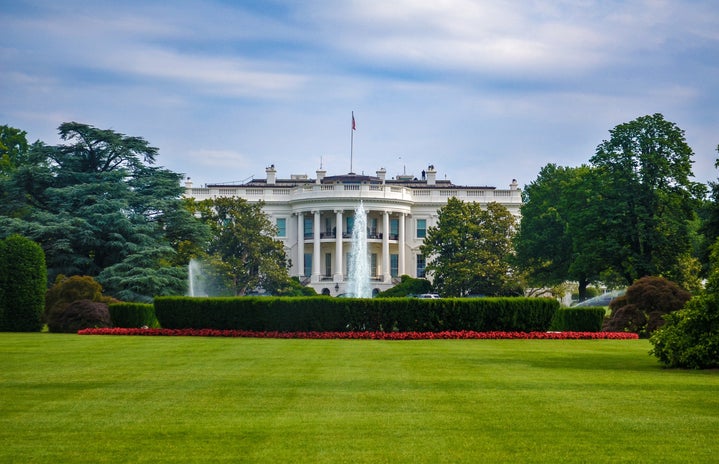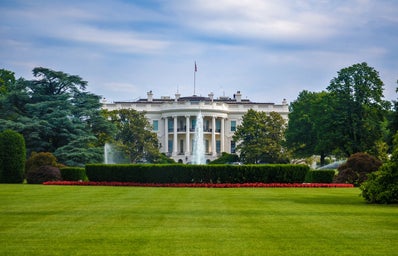In what is considered a very divisive and close election, even with the news of the new President-elect, the nation is still not at peace. Since Donald Trump was announced the winner of the 2016 Presidential election, there has been a rise in hate crimes and violent protests which turned into riots in the streets. With many negative opinions of the protesters, the President-elect and his supporters, it is uplifting to hear of a peaceful use of the 1st amendment right where the purpose is not to spread hate, but to encourage strength, support and love.
Camille Young, a senior majoring in Musical Theater at Temple University in Philadelphia, was one of many at an organized “peaceful protest,” in which the purpose was to support marginalized groups who have become fearful for their lives and rights since the election. Each member in the peaceful protest agreed to a pledge which defined their purpose, and what they wanted people to take away from their gathering.
The pledge is as follows:
“I promise that if anyone threatens the life, the livelihood, or the rights of any minority group, I will rise up, I will fight, I will defend.”
“The pledge was what we were pledging to do with this protest,” said Young
Young said that, though she may not have supported Trump during the election and is disappointed by the results, he was not the purpose of the peaceful protest.
“We told any news outlets that stopped us and asked, the mission of our thing was not anti-Trump,” Young said. “This is a direct result of the fact that someone has expressed lot of negativity and has been really insensitive to a lot of marginalized groups. We wanted to say we were here. If you’re around us it’s a safe space, and we just wanted to be visible.”
The peaceful protest march started from the bell tower on Temple’s campus all the way to city hall. They chanted many phrases, from “People united will never be defeated,” “My body, my right,” to “Black lives matter.” The protesters only received a few negative comments from hecklers, but Young said that because the march was so peaceful, no one noticed those few individuals.
“It felt like you couldn’t even hear them because everything else around you was so positive and so good,” Young said.
People honked horns to show support for the protestors, and lots of people walking by on the street joined in, including students who just got out of school. The police in the area introduced themselves and rode alongside the protesters. The police said that they wanted to protect them and make sure they felt safe.
Young expressed that while at the peaceful protest, she felt a sense of community and safety, but not all protests are as positive as Young’s. There have been several protests which has turned into riots. Portland, Ore. and Oakland, Calif. are some cities that have experienced riots. These riots include destruction of public property and objects thrown at the police, with police in full SWAT gear.
Young was thankful that their peaceful protest did not end up like the riots taking place in other parts of the country. While Young does not condone the violence, she questions what the media is reporting on how the riots start.
“It’s really hard, when things like that are being reported, to truly know what’s going on unless you’re there, and people can say whatever they want in the news,” Young said. “Because it’s something where there’s so many people involved, and there’s so much going on, you never know how it starts. I feel like nothing ever starts out violent.”
Young said that most of the protests she heard of have been peaceful.
While Trump supporter, Michael Bryk, a USF student who was also an intern on Trump’s campaign, does not condone the violent riots, he also is not in support of the peaceful protests that have been occurring around the country, like Young’s.
“I think it’s kind of juvenile, it’s honestly silly,” Bryk said. “The office of the presidency is something that should be respected.”
However, Bryk did offer a different approach for the protesters to fight for what they believe in.
“There’s other ways to go about this than protesting ‘not my president,’ because that protest will inevitably get them nowhere,” Bryk said. “If they could lobby their legislators, I think more good will come from that, and that’s a more respectable approach.”
Bryk had stronger choice words when discussing the riots taking place around the country.
“It’s ridiculous, and moves totally against the platform of all the candidates, which was unity,” Bryk said. “There is absolutely no reason to be rioting over that.”
Lauren Ellers, a USF student who is majoring in secondary education in social sciences, supports the peaceful protests that have been occurring.
While anti-Trump protesters have been called “spoiled crybabies” and “sore losers,” Ellers does not think of protestors in that way. She feels it is a hypocritical response, considering there were protests when Obama won the presidency in 2008, though not on such a large scale.
With the many protests taking place around the nation and the large crowds of protesters, Ellers feels it shows the division in our country as well as the disdain for the electoral college.
“It shows we have a very broken system right now,” Ellers said. “*Clinton did win the popular vote, and I think that a lot of people are getting fed up with electing presidents who didn’t even get the popular vote just because of an old system that was established in the 1700s.”
Ellers understands the pros and cons of the electoral college, and feels that this election has gotten more people interested in understanding why the electoral college was established and its role in our elections, including herself.
Whether one supports or is against the protests occurring, Young explains the right to protest best.
“At the end of the day, it’s your first amendment right,” Young said. “We’re not going to be quiet because we have a right not to be.”
*As of now Clinton did win the popular vote, but not all absentee ballots have been counted.

